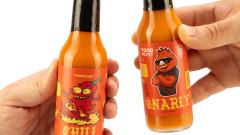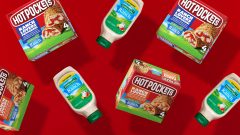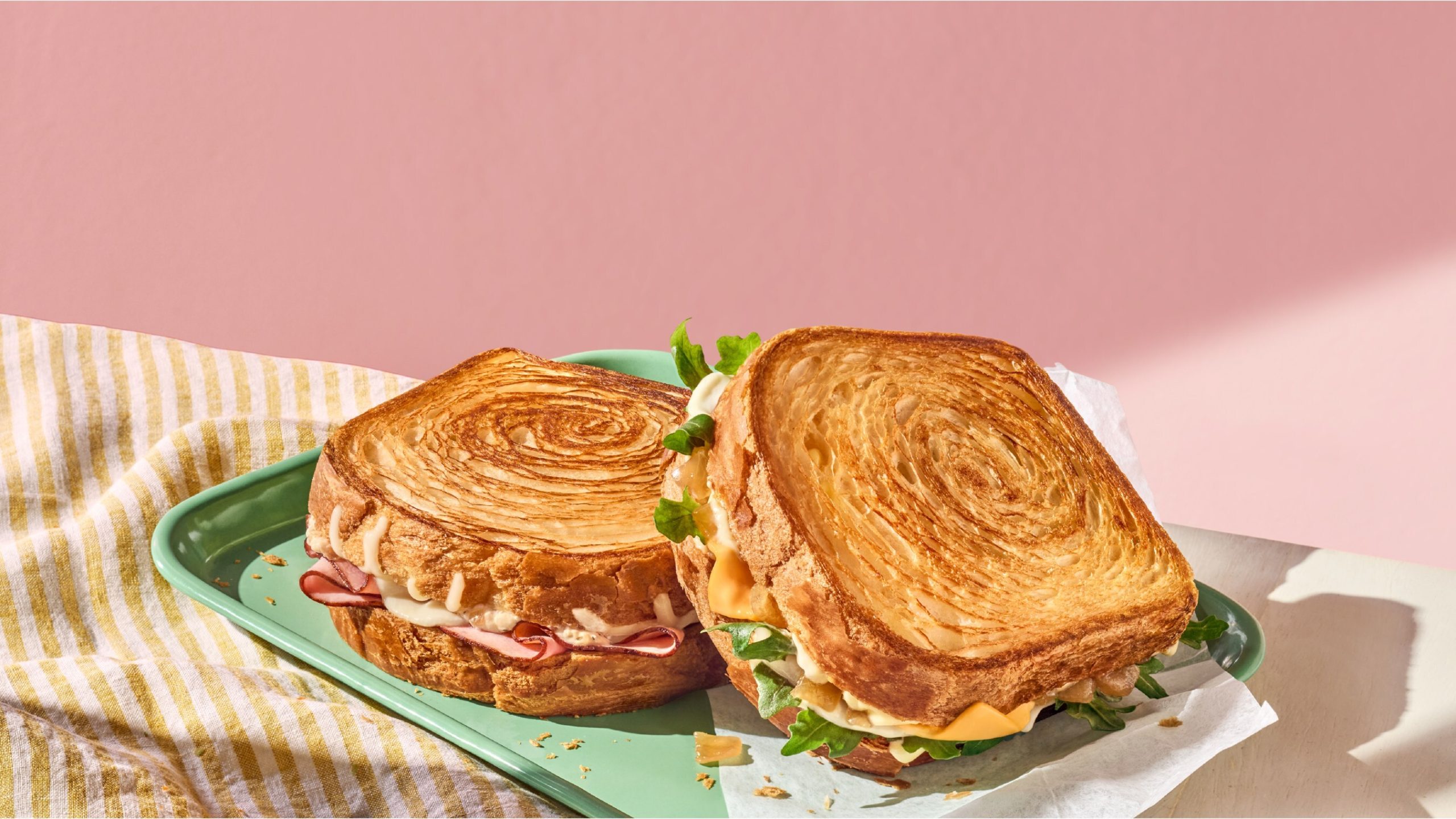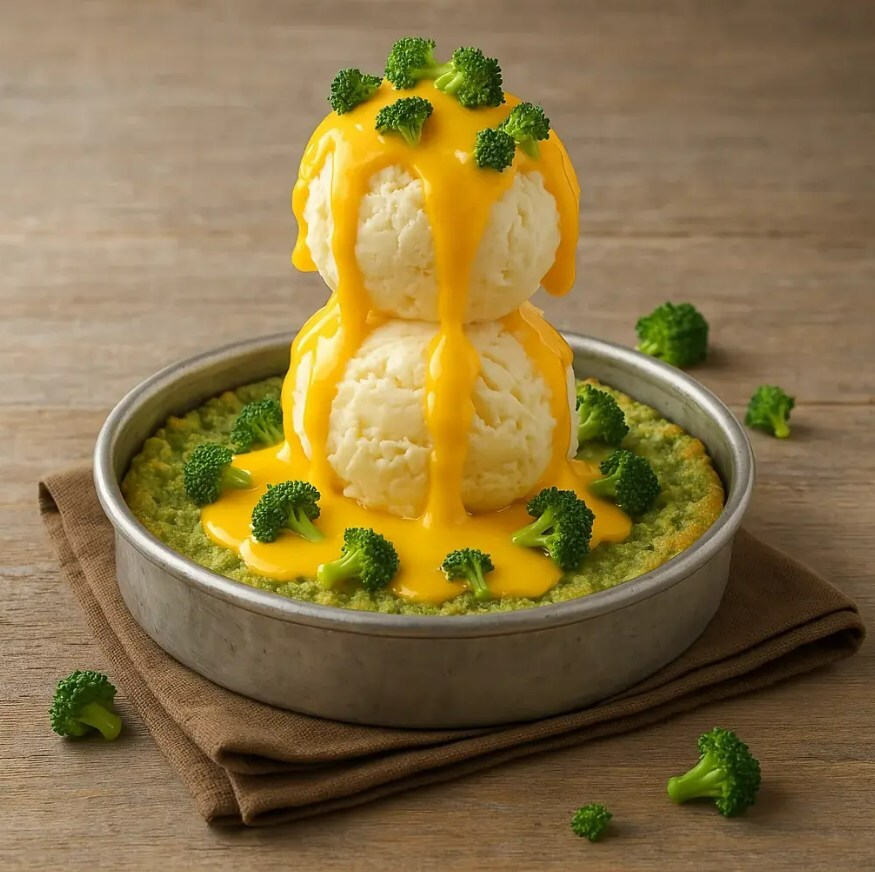Chicken Nuggets Made Without Harming A Single Bird Will Hit Restaurants This Year

JUST, who used to be known as Hampton Creek, just shocked the world by announcing that they intend to get cultured chicken nuggets into restaurants by the end of 2018.
That means that JUST can take something like a chicken feather and turn it into nuggets. They’re not actually adding the feather into anything, but are instead using it as a tissue sample from which meat can be cultivated.

Photo courtesy of JUST
JUST’s head of communications, Andrew Noyes, described it as a “small, harmless biopsy” that inflicts no pain on the animal.
From there, the best cells are grown from that sample, and production afterward is quick, taking just a few weeks. In the largest commercial scale JUST hopes to reach, it would take two days to produce enough meat to make a chicken nugget.
Their team is working on improving that production efficiency, including the creation of a serum-free media that’s one of the bigger challenges to scaling and commercializing that process. However, JUST does have enough production capacity at this point where they’re ready to unleash cultured chicken nuggets to the world.
 Product concept illustration courtesy of JUST. Not an actual product or something being created in the near term.
Product concept illustration courtesy of JUST. Not an actual product or something being created in the near term.
Pending regulatory approval, JUST aims to complete their first sale of the nuggets (or another chicken product) by the end of the year. This will likely not happen in the United States, where the USDA and FDA are still hashing out regulations, however, small-scale restaurants in other parts of the world may be able to incorporate them soon.
Just last year, food technology company Memphis Meats announced it was working on lab-grown fried chicken, and it came with a notice that they were planning to have the “cultured meat” in grocery stores by 2021. It seemed like a far time away, and looked like nobody else was as close to a commercial product as they were, but JUST undercut that time frame with this announcement.
The end of year launch would be far faster than anyone anticipated, and accelerates the “clean meat” movement into the present day, rather than as a part of the future.






















